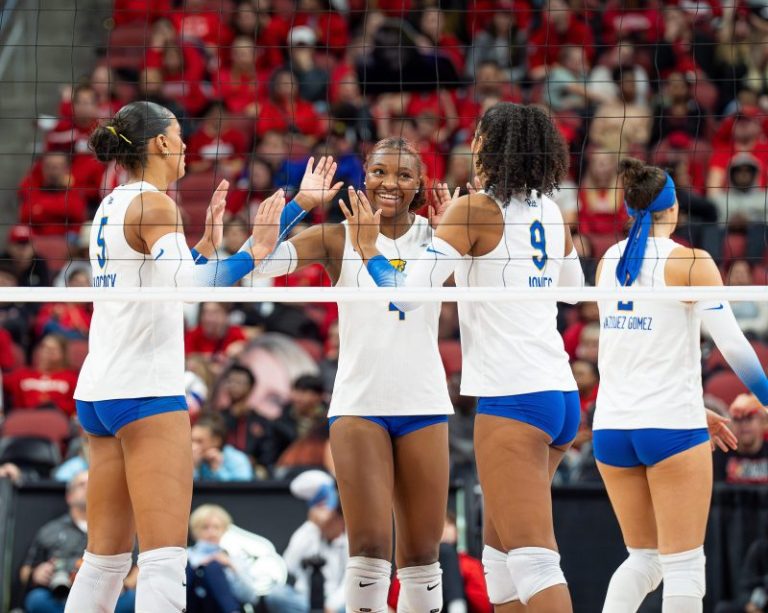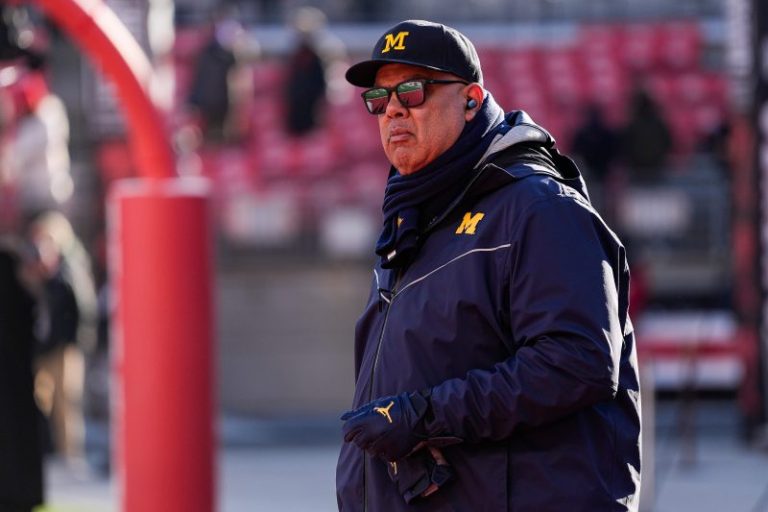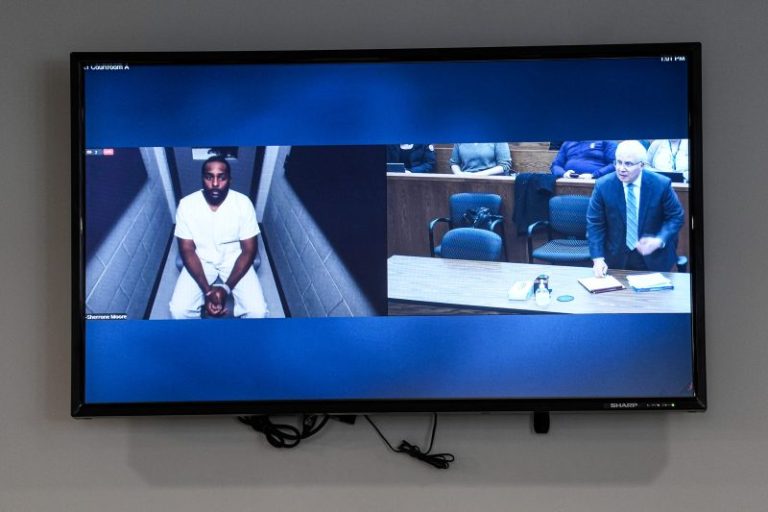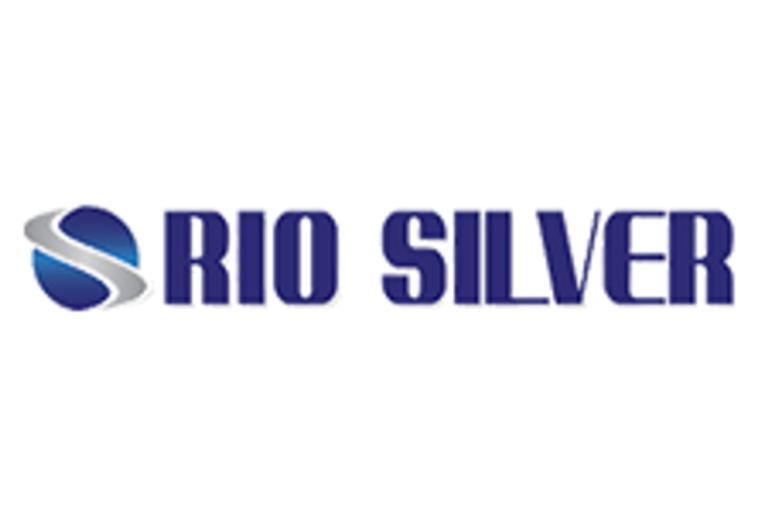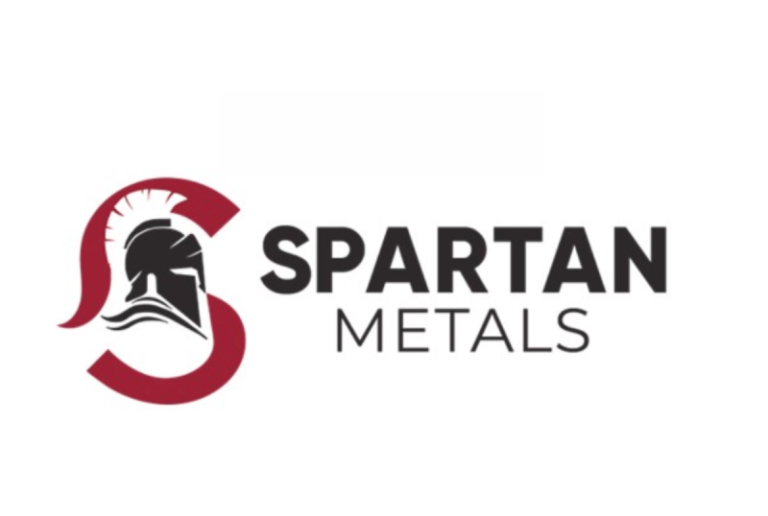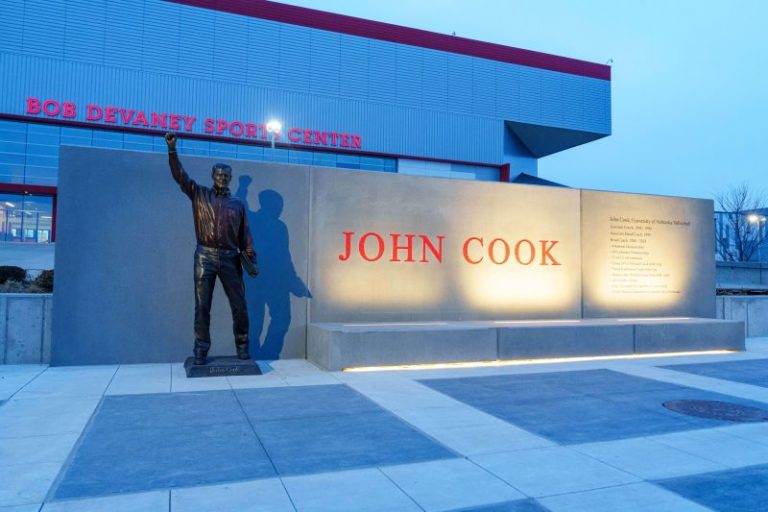WASHINGTON, DC — The time is up.
After a legendary 23-year run, John Cena ended his WWE career with his final match on Dec. 13 at Saturday Night’s Main Event.
It was an emotional send-off as the night was dedicated to the 17-time WWE Champion, with several stars of the past and present paying respect after all of the accomplishments and memories from his storied career. It was a thrilling and electric final match, but it didn’t end in victory as “The Ring General” Gunther defeated Cena to silence the crowd.
The result was shocking and upsetting for the WWE universe, but Cena got the chance to say goodbye for good. It capped off a fun night that included young NXT talent getting a chance against some of the best of the main roster.
Watch: Saturday Night’s Main Event postshow
John Cena says goodbye
A video plays inside the arena and on the broadcast honoring Cena. Afterward, Cena salutes the crowd and leaves his armbands and sneakers in the ring. He then walks back to the ramp and salutes the audience one final time. He says ‘it’s been an honor’ before he walks backstage, capping off his career.
WWE roster says goodbye to John Cena
After the match, nearly the entire WWE roster comes out, with Cody Rhodes and CM Punk placing their championships on Cena’s shoulders.
John Cena vs. Gunther
After an incredible introduction, the crowd shows full hostility to Gunther as he takes early control of the match, throwing Cena around and taunting the audience in the process. Gunther goes for a signature chop, only for Cena to catch it.
He then tees off in vintage form and gets the hand up with the entire crowd. He lets out the ‘You Can’t See Me’ and landed the Five-Knuckle Shuffle. He sets up for the Attitude Adjustment but Gunther gets out of it. Cena stays on the attack and gets a hold of the STF on Gunther as the crowd gets on their feet.
Gunther gets out of the submission and his offense picks back up, delivering consecutive running Clotheslines to Cena. The taunting continues, but again Cena finds life again. He delivered another Five-Knuckle Shuffle and gets the AA right afterward, but Gunther kicks out. He tries another AA, and Gunther gets out and locks the Sleeper Hold on Cena. However, Cena reverses it with his own Sleeper Hold, which gets broken up by Gunther getting his leg on the rope.
The action moves outside of the ring where Gunther throws Cena into the steel steps. He moves the other set of stairs near the announcer’s table and gloats to the booing crowd. Gunther tries to land a vicious powerbomb on the announcer’s table, but Cena reverses it and lands the AA instead as both stars lay on the ground.
Back in the ring, Cena climbs the turnbuckle and lands the flying leg drop but the pin attempt is no good. He goes for a third Five-Knuckle Shuffle and Gunther lands the big boot. He follows it with a powerbomb and a pin attempt that Cena kicks out of. Gunther and Cena meet at the top rope and Cena lands the flying AA, and again Gunther kicks out.
Punches are traded when the two stars get to their feet, and it’s Gunther that breaks it with a powerbomb. He follows it with a Frog Splash and Cena avoids the loss, but Gunther doesn’t stop with another Sleeper Hold. Cena gets up several times but Gunther continues to drag him back down. Just when Cena breaks out of it, Gunther locks it back in.
Cena gets out one more time to land the AA but the pin doesn’t work and is immediately followed up with another submission hold. The crowd chants ‘don’t give up’ as Cena starts to fade. The referee checks Cena’s hand and he’s able to keep it up before the three-count.
But Gunther keeps the hold on. Cena finally taps out and Gunther wins, ending Cena’s career with a loss.
Analysis: Gunther is inevitable. ‘The Ring General’ said he would make Cena tap out and he delivers on his promise to get the victory.
The match was by far one of the most electric in recent memory as the crowd was really into the match and pulling for Cena to win. He showed he was going to leave it all out in the ring and delivered another epic clash to end it.
The result isn’t popular at all and there was plenty of booing and NSFW chants for it, but this is how it usually goes in retirement matches. There was hope Cena could end his with another signature victory, but instead Gunther gets the honor of sending someone away with a loss. Devastating for the WWE fans that rooted for Cena for so long, but it doesn’t represent what was an unbelievable career.
Watch: John Cena’s final introduction
Lilian Garcia with the final introduction for the 17-time WWE Champion.
Watch: John Cena’s final entrance
‘Stew, let’s go to work one last time.’
Cena enters to a thunderous ovation for his final WWE match.
The Miz appears, R-Truth interrupts
The Miz interrupts the broadcast to tell the crowd he should have been part of the John Cena farewell tour. As he goes on a tirade, R-Truth comes out and tells him he has an opponent.
Joe Hendry surprises
The Miz says his name and he appears.
Joe Hendry emerges and confronts The Miz and sends him down on the mat. Then he and R-Truth give The Miz a Five-Knuckle Shuffle before Hendry finishes it off with a Standing Ovation to ‘win’ the unofficial match.
AJ Styles and Dragon Lee vs. Je’Von Evans and Leon Slater
The NXT and TNA stars waste no time getting things going as they deliver synchronized super kicks and each go flying out of the ring to stun the World Tag Team Champions. Thanks to the blazing start, Evans and Slater take the early control against Lee.
A powerbomb helps Lee slow down the other team and gives him time to tag in Styles, who shows he can absolutely hang with the young talent. After a brief moment of chaos outside of the ring with everyone, Evans and Slater get rolling again, this time against Styles.
Lee helped Styles recover, but he had a botch when he tried a Phenomenal Forearm. It didn’t slow him down as he soon afterward got the Styles Clash on Slater. It was the final blow to get the champions the win.
Analysis: It wasn’t a lot of time, but the tag teams did more than enough with it to deliver an entertaining match. Slater and Evans showed off their high-flying skills perfectly, while Styles again shows Father Time still hasn’t caught up to him. The botch hurt the overall finish, but still was a fun performance with the limited time in the ring.
Bayley vs. Sol Ruca
Each star had help in their corner with Lyra Valkyria on Bayley’s side and Zaria still supporting Ruca, and early on Ruca was a step ahead of the veteran, using her stellar acrobatic skill set to her advantage. A mistimed backflip from Ruca momentarily gave Bayley some offense, but the NXT star was back in front quickly; she executed a tumbling leap out of the ring for the first big moment of the match.
Bayley had another opportunity to gain momentum, but Ruca was relentless and didn’t stay down long enough to get in a hole. When Ruca tried another leap, Bayley caught it for a Belly-to-Bayley that resulted in both stars down on the mat.
Bayley tried a Rose Plant but Ruca avoided it with a cartwheel, and Ruca tried the Sol Snatcher but Bayley tripped her up before it could be executed. Bayley went for the pin that was unsuccessful because Ruca’s legs got on the ropes.
Afterward, Ruca finally landed the Sol Snatcher, but Bayley rolled out. Ruca desperately dragged her back in the ring and Bayley tried to roll her opponent up. Ruca got out of it and executed her own pin and she got the count to three for the victory. The two stars then shake hands.
Analysis: The Sol continues to rise.
Ruca dazzles every time she’s in the ring, and it was no different on one of the biggest stages of her young career. She controlled the majority of the match, a clear indicator she has what it takes to be a problem on the main roster. Credit Bayley for being the great veteran to put Ruca over, and there’s no limit to what she can achieve after another great outing.
Undisputed WWE Champion Cody Rhodes vs. NXT Champion Oba Femi
The night starts with a massive showdown between the top star on the main roster vs. the top guy in NXT. The electricity is palpable after big pops on the entrances, and Femi shows early he’s not just a young star. He counters Rhodes’ punch with a powerful slam to the WWE Champion. From there, Femi takes the early advantage, throwing Rhodes around the ring with ease.
After taking some significant blows, Rhodes is able to slow Femi down and get him on the ground. That’s when Rhodes tees up the Cody Cutter and lands it to perfection. Rhodes had an unsuccessful leap outside of the ring, but a second time works to get Femi down.
It doesn’t have much impact with Femi recovering quickly in the ring for a Spinebuster. Rhodes went outside of the ring and Femi got a running start to launch himself into his opponent and over the table. Rhodes had a bloody mouth, yet it didn’t stop him from countering with a magnificent Cody Cutter.
The two stars were down when Drew McIntyre emerged and attacked Rhodes, ending the match in disqualification. Femi was upset and approached McIntyre, and that gave Rhodes enough time to give the ‘Scottish Warrior’ a Cody Cutter, followed by a slam from Femi. The two opponents then raise their titles together.
Analysis: The night gets off to a great start with the two champions putting on a high-quality match. Rhodes is established, but Femi got to formally introduce himself on the main roster. The crowd loved the NXT Champion and were fully invested in his entrance. He dazzled in the opportunity and did a exceptional job looking like a powerhouse.
People wanted to see a true winner in this fight, and a disqualification unfortunately hurts it a bit, and the crowd wanted to see the match continue. However, the result was certainly the safe way to go to protect WWE’s top guy and the one that will be in the position soon.
Watch: Oba Femi makes electric entrance
Watch: Cody Rhodes kicks night off
WWE icons in attendance
The stars are out to see Cena’s finale, including wrestling icons such as Shawn Michaels, Kurt Angle, Trish Stratus and Mark Henry.
When is John Cena’s last match at Saturday Night’s Main Event?
John Cena’s last match takes place at Saturday Night’s Main Event on Saturday, Dec 13.
Stream WWE Saturday Night’s Main Event on Peacock
John Cena’s last match, WWE Saturday Night’s Main Event start time
Saturday Night’s Main Event begins at 8 p.m. ET, with Cena’s final match as the main event.
How to watch John Cena’s last match at WWE Saturday Night’s Main Event
Saturday Night’s Main Event will stream on Peacock, but you must have their premium or premium-plus subscription to watch. Internationally, it will be available on YouTube in most markets.
Where is John Cena’s last match at WWE Saturday Night’s Main Event?
Cena’s final match at Saturday Night’s Main Event will take place at Capital One Arena in Washington, DC.
John Cena’s last match, WWE Saturday Night’s Main Event preshow
The preshow for Saturday Night’s Main Event begins at 6 p.m. ET. It will be streamed on Peacock and WWE’s social channels, including YouTube.
John Cena’s last match, Saturday Night’s Main Event match card
Matches not in order
- John Cena vs. Gunther
- Undisputed WWE Champion Cody Rhodes vs. NXT Champion Oba Femi
- Bayley vs. Sol Ruca
- AJ Styles and Dragon Lee vs. Je’Von Evans and Leon Slater
Watch: Saturday Night’s Main Event cold open
WWE chief content officer Paul ‘Triple H’ Levesque narrates the opening of Cena’s final match.
John Cena farewell tour reaches end
The farewell tour is now complete. In his last year of in-ring competition, Cena won the Elimination Chamber and the Undisputed WWE Championship, becoming the first 17-time title holder in WWE history. He also took the Intercontinental Championship, making him a Grand Slam champion.
Saturday Night’s Main Event stage
The view inside Capital One Arena. WWE opts for a generic stage.
John Cena final match prediction
Retirement matches usually mean ending a career with a loss, but that’s for most wrestlers. It’s completely different with Cena. It’s going to be an emotional thriller, with so many close calls and callbacks to the past 23 years of Cena’s tenure. Gunther will look like he made Cena tap out and it will end in a loss.
That’s until hustle, loyalty and respect power through. Cena finds just enough in the tank for a big finish, and he gets the pin to end it all with a win. – Jordan Mendoza
John Cena ends wrestling career as the greatest of all time
Did you really see John Cena?
Yes, we all know we’ve spent his entire career “looking” for him. The man behind “You Can’t See Me” got taken too literally to the point of invisibility. But maybe there is a deeper meaning to it.
What exactly were you looking for? A hero? A villain? A reason to smile? A reason to boo?
For 23 years, WWE fans searched endlessly, wondering if they’d ever find the answer. But as he enters the final match of his storied career, it’s all clear. Finally, we do see Cena.
What do we see? That John Cena has cemented himself as the greatest wrestler in history – and there will never be another like him.
Turns out, it’s just basic thuganomics.
Read why there will never be another Cenahere.
A love letter to John Cena and professional wrestling
I wasn’t a John Cena fan. Not back then. Not even a little bit.
As a kid, I was in the minority. I recognize that. Watch back any Cena entrance from 2007-15 and you’ll find the same crowd reaction: every adult in attendance booing mercilessly while every child simultaneously screams in glee.
This was the John Cena experience. No matter how you felt about him, you gave him a reaction. And as any pro wrestler will tell you, that’s the job, brother.
Love him or hate him, Cena represented everything great about this weird, niche genre of entertainment. He embraced its quirks with determination, its grueling schedule with endless effort and its spoils with grace.
You didn’t have to be a fan of Cena to recognize his mastery.
Read why wrestling will miss Cenahere.
John Cena’s top moments of his career
There’s no debating Cena is one of the greatest wrestlers of all time − evident by several signature moments that defined a generation of wrestling.
While there are undoubtedly hundreds of those unforgettable performances, which ones stand out above the rest?
See the full list of top 17 momentshere.
John Cena’s top entrances
A key element in wrestling is the entrance, and Cena knew how to make them grand.
One of the several things that made Cena a WWE legend was his iconic entrance music. He started off with ‘Basic Thuganomics,’ which became a classic with some clever lines, but he introduced ‘My Time is Now’ in 2005, and it has become a song that has transcended wrestling, becoming a recognizable tune and sending crowds into a frenzy the moment the first note hits.
With that signature song, Cena has made some epic entrances that left the audience wowed. He’s entered arenas and stadiums thousands of times, but some of those entrances stand out more than others and have become iconic moments in Cena’s lasting legacy.
See the full list of best entranceshere.
John Cena’s 10 best feuds
More than 23 years is enough time to develop heated rivals in wrestling, and Cena had plenty of them in WWE.
As the face of WWE for decades, Cena got to the top of the wrestling world thanks to the epic showdowns he had with other big-time stars. Whether it was the promos, matches or the stakes, some feuds stood out above the rest. They often helped raise the legacy of both Cena and his rival as they each brought the best out of each other, and those heated rivalries helped produce some of wrestling’s top moments in recent memory.
Of course, not all of them were top-tier quality, but there were rivalries that transcended the sport and helped shape what wrestling is today.
See the full list of Cena’s best rivalrieshere.
WWE stars pay tribute to John Cena
Get the tissues ready.
Cena not only impacted wrestling fans, but stars themselves. Several of them honor him, including some big names like Roman Reigns, in this emotional video.
Oba Femi has ‘huge opportunity’ vs. Cody Rhodes
With NXT stars getting to challenge main roster talent, no one gets a bigger shot than Oba Femi; the NXT Champion will face Undisputed WWE Champion Cody Rhodes.
“It’s huge for me,” Femi told USA TODAY Sports. “That’s just a huge favor he’s done for us up-and-coming NXT superstars to showcase us on his final day, which speaks to his selflessness and humility.”
“The Ruler” has become a major hit in NXT, with his signature strut starting what is often dominance in the ring. It will be his biggest match yet, but Femi is ready for the challenge.
“At the end of the match, people realize that there is a new crop of talent, and they are here, and they mean business,” Femi said. “While I’m out there, I’m going to enjoy every moment I’m in there with Cody. It’s the best now versus the projected future, the biggest prospect from NXT. It’s a huge match. It’s a huge opportunity, and the fans get to enjoy it.
“But I think when everything is said and done, Oba Femi will be victorious,” he added.
John Cena WWE career accolades
It’s been a career full of achievements as Cena has done about everything a wrestler can do in WWE. Here are all of his achievements:
- WWE Champion: 17 times (record)
- United States Champion: five times
- WWE Tag Team Champion: four times
- Intercontinental Champion: one time
- Grand Slam Champion
- Triple Crown Champion
- 2012 Money in the Bank winner
- 2008 and 2013 Royal Rumble winner
This post appeared first on USA TODAY

